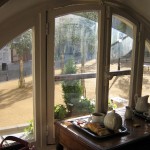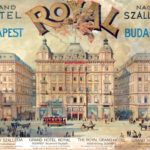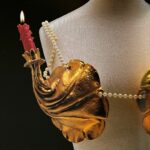1. Inside Andy Warhols Factory
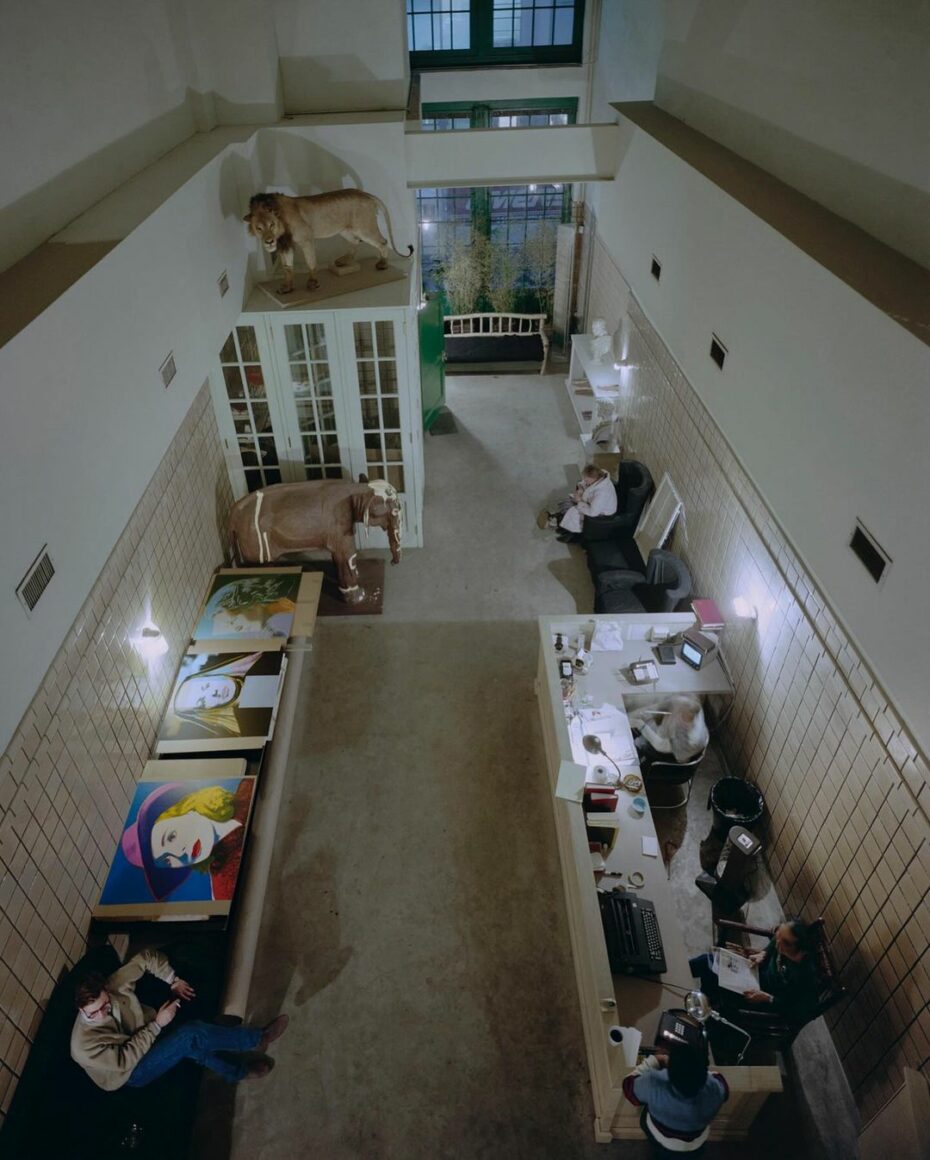
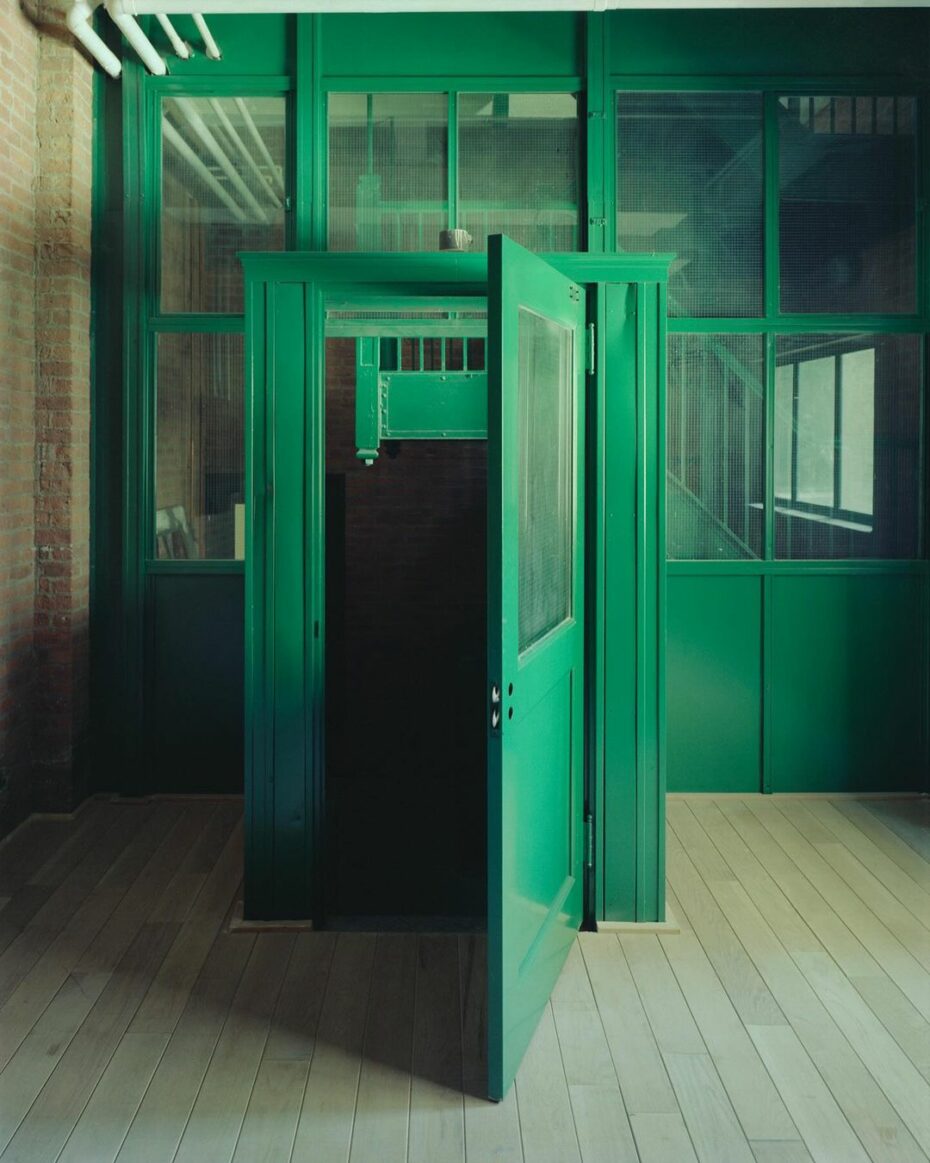
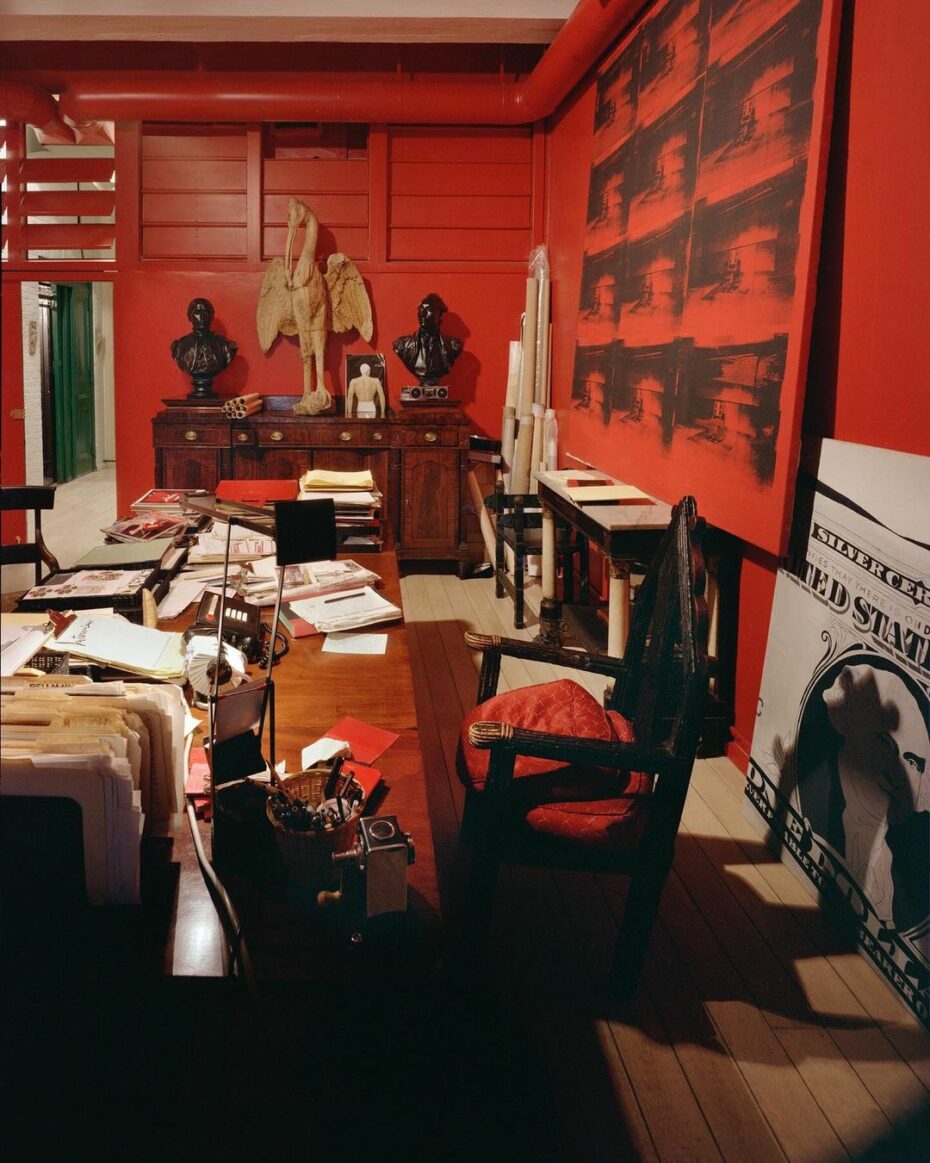
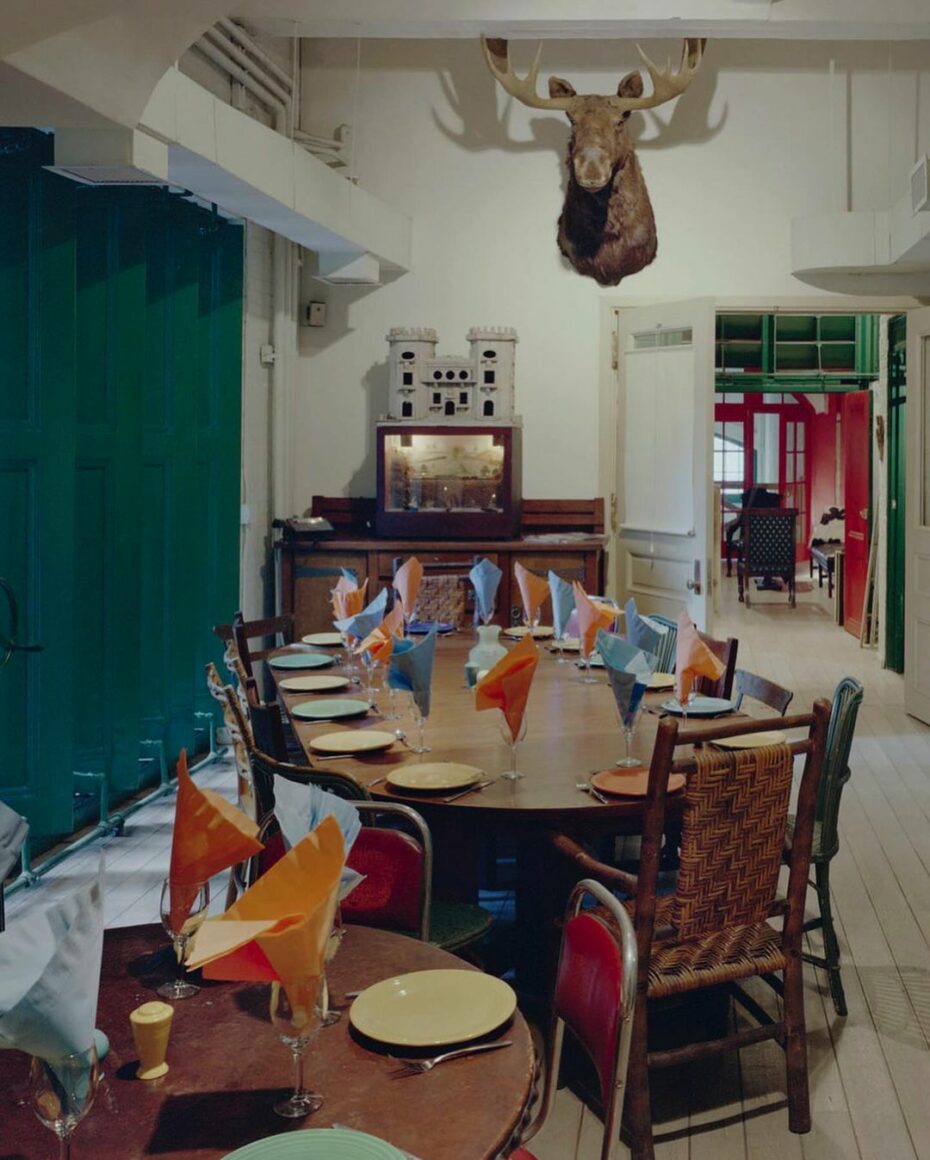
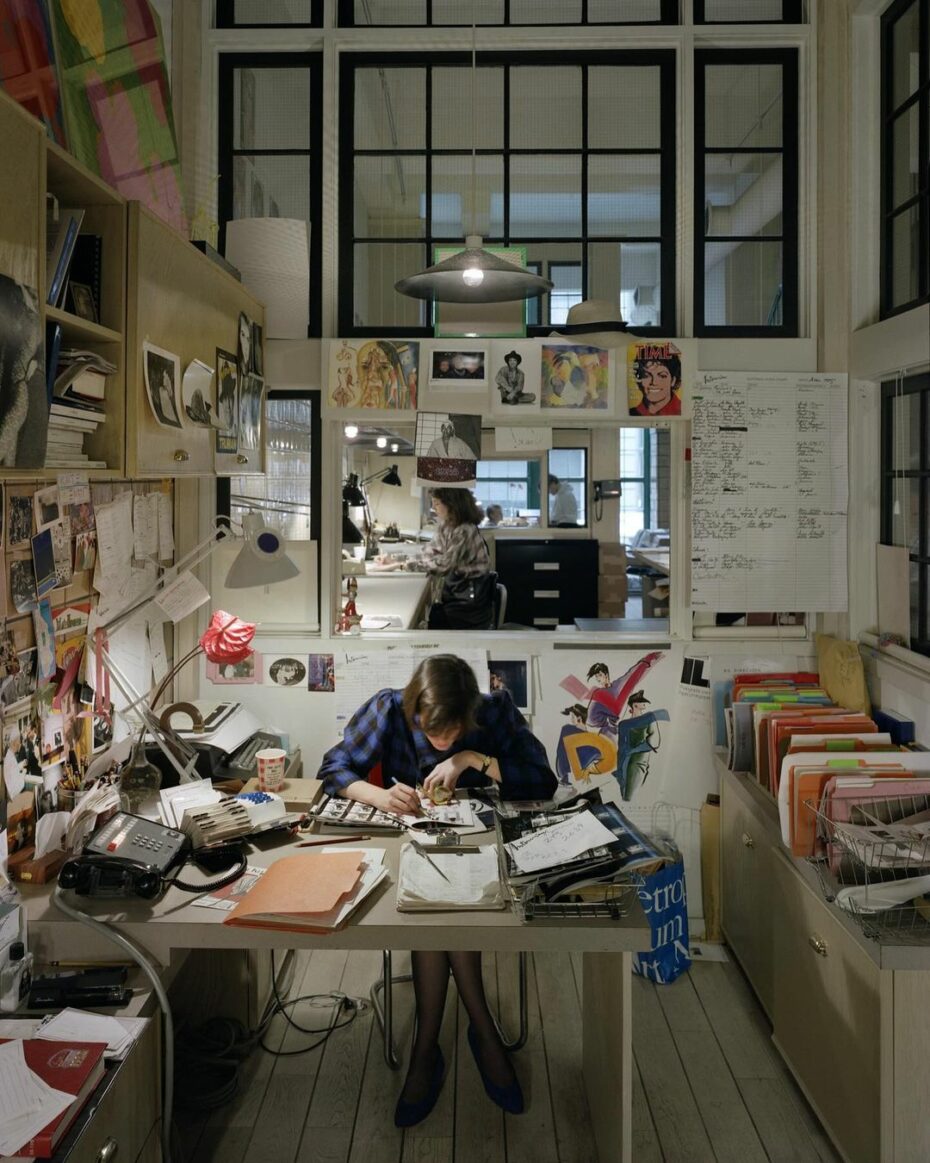
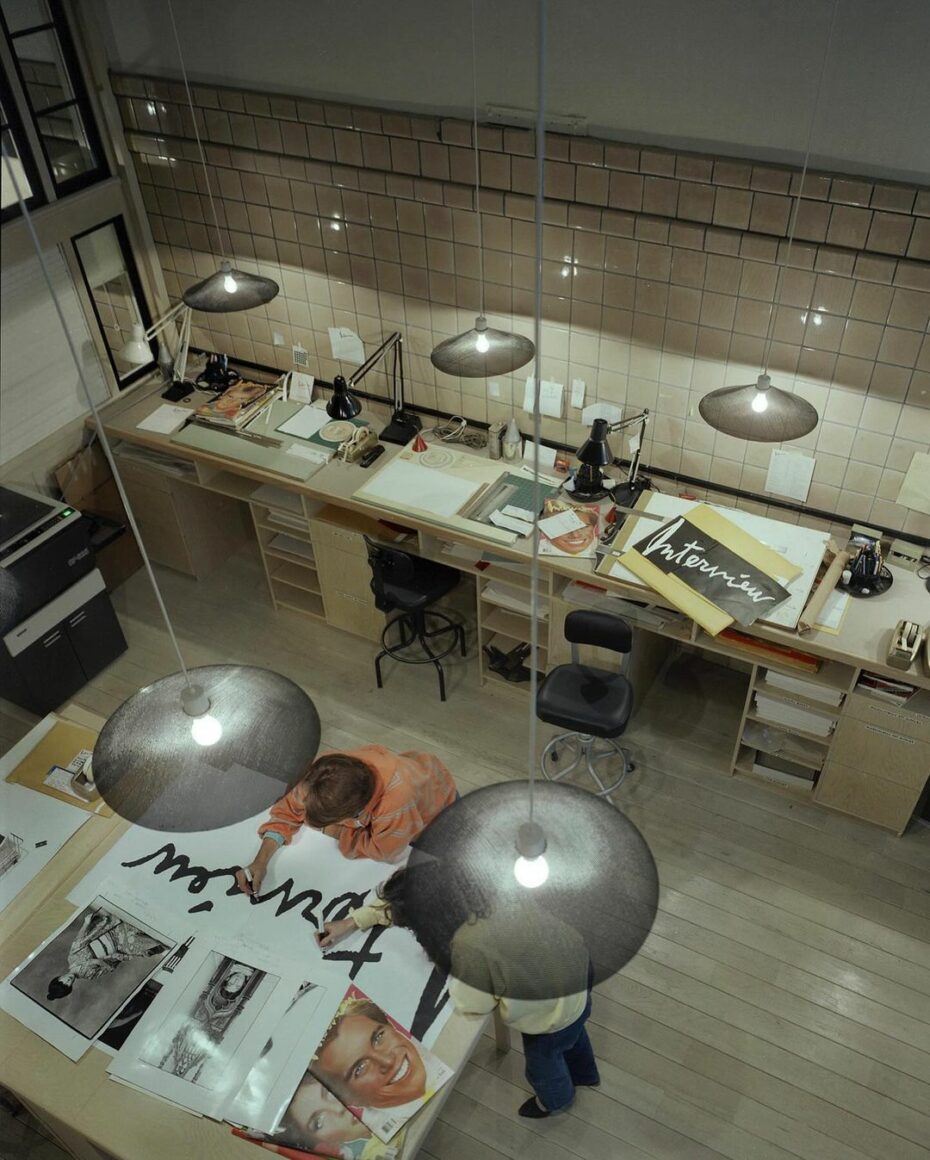
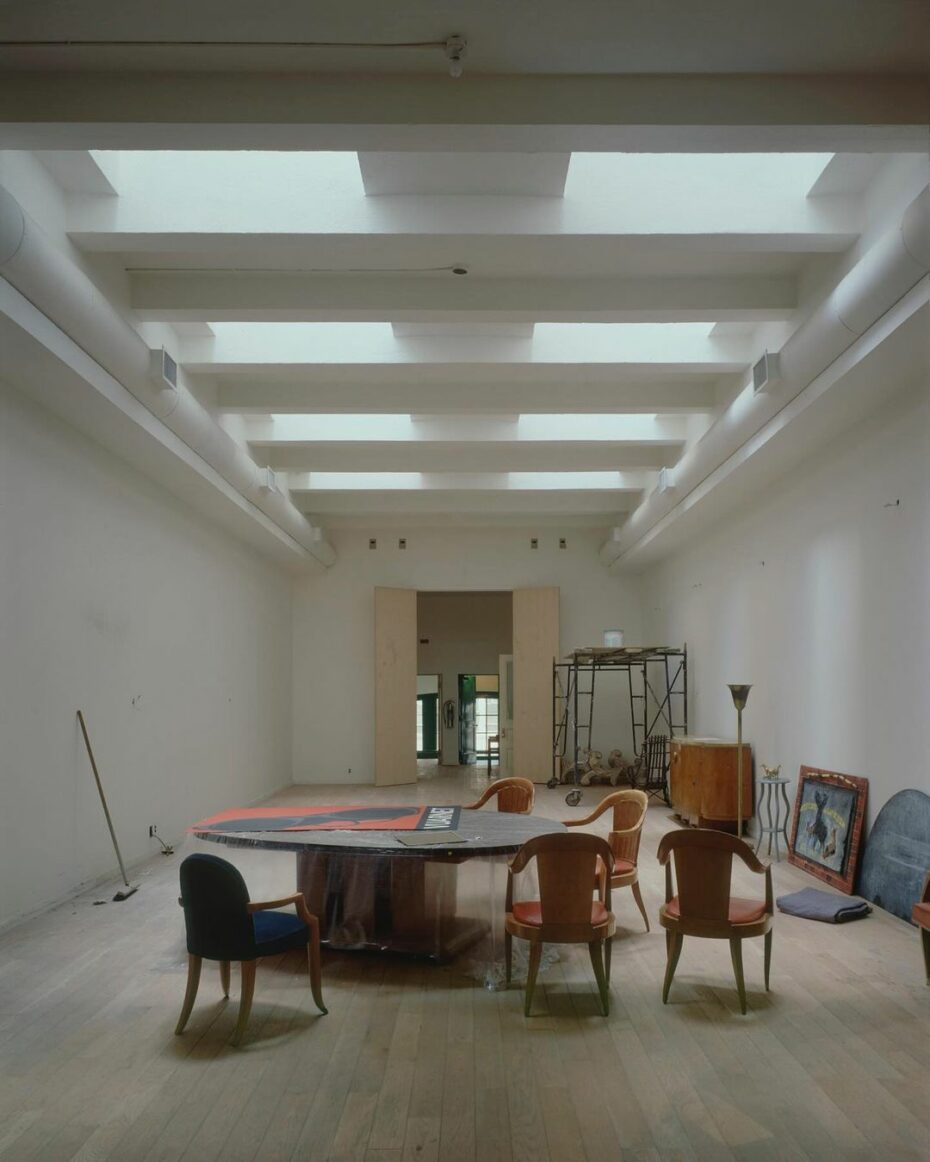
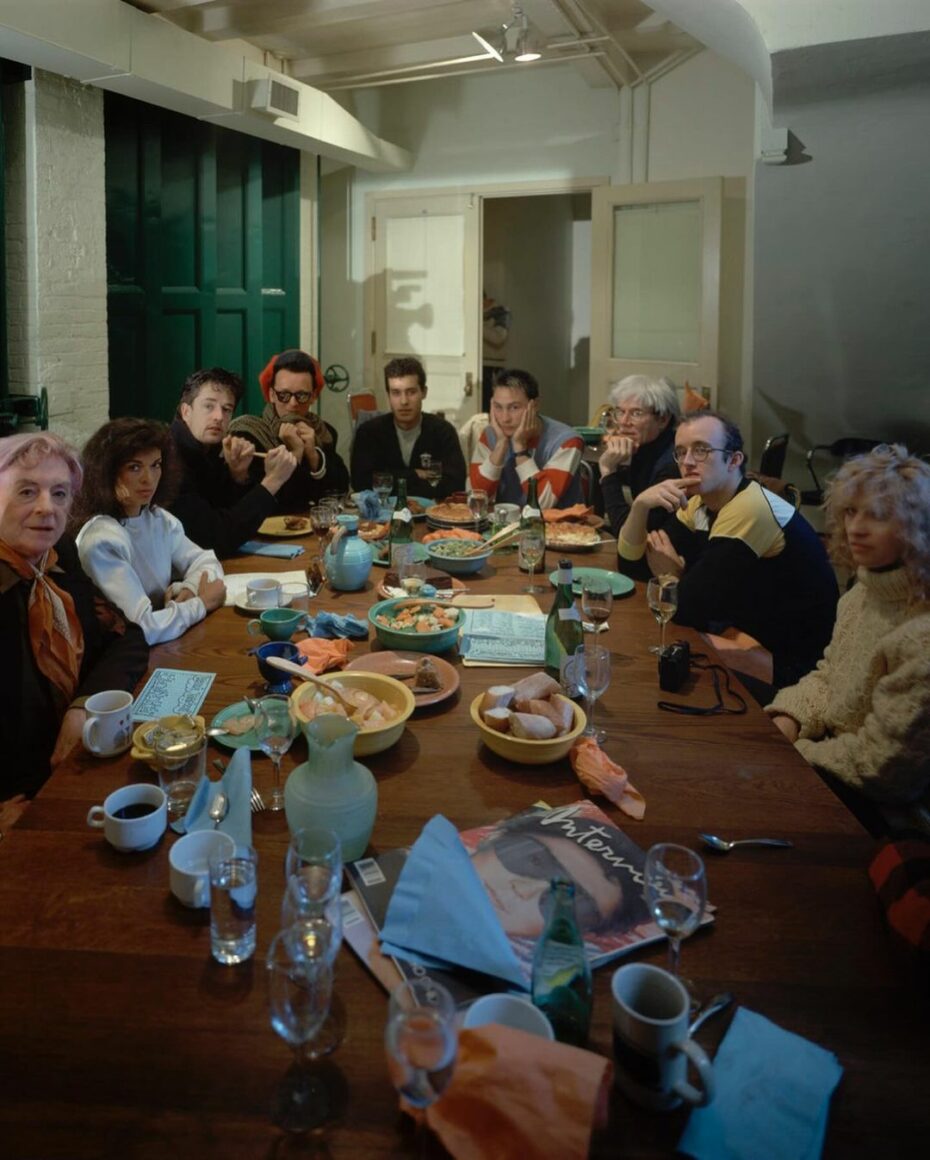
Andy Warhols Factory photographed by Timothy Hursley. An extraordinary set of photographs that capture the office elements to the factory as well as the terrific excitement at the sight of Keith Haring or Bianca Jagger at the end. I also think we should all make a note of the napkin placements I picture three a win for the low cost decoration. Timothy Hursley, Interview Office, Andy Warhol’s Factory, 34th & Madison, New York, New York, 1982. Courtesy of Garvey|Simon gallery, found on Tat London.
2. Alternative ways to sign off your emails with

Lots of fun goodbyes to borrow from here. Found via Swiss Miss.
3. Walking, the 19th century competitive sport
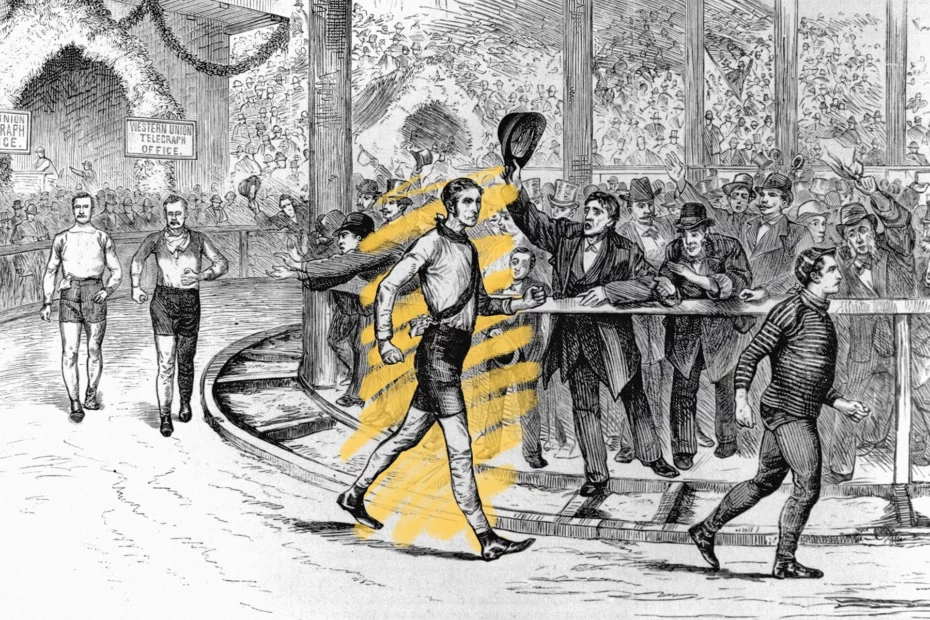
At 1 a.m. on March 10, 1879, the arena at Gilmore’s Garden in New York City (later renamed Madison Square Garden) was absolutely packed with screaming fans of America’s latest sports craze: pedestrianism. That’s right, competitive walking. At the venue, fans outside tried to shove themselves in, breaking windows and scaling the roof. It was no less chaotic inside, where ticketholders scrambled on top of tables, chairs, and each other’s shoulders to get a better view. That day marked the start of the Astley Belt, essentially the Super Bowl of walking. Contestants had to circle the 1/8-mile track for six days straight and reach a distance of at least 450 miles, and whoever traveled farthest was declared the winner. Athletes were not permitted to leave the track, and instead had tents or cottages where they were allowed to get a little rest or medical attention.
Read the full article on History Facts.
4. Army drag: Greek soldiers of the Evzone Units, by Alfred Eisenstaedt, 1935
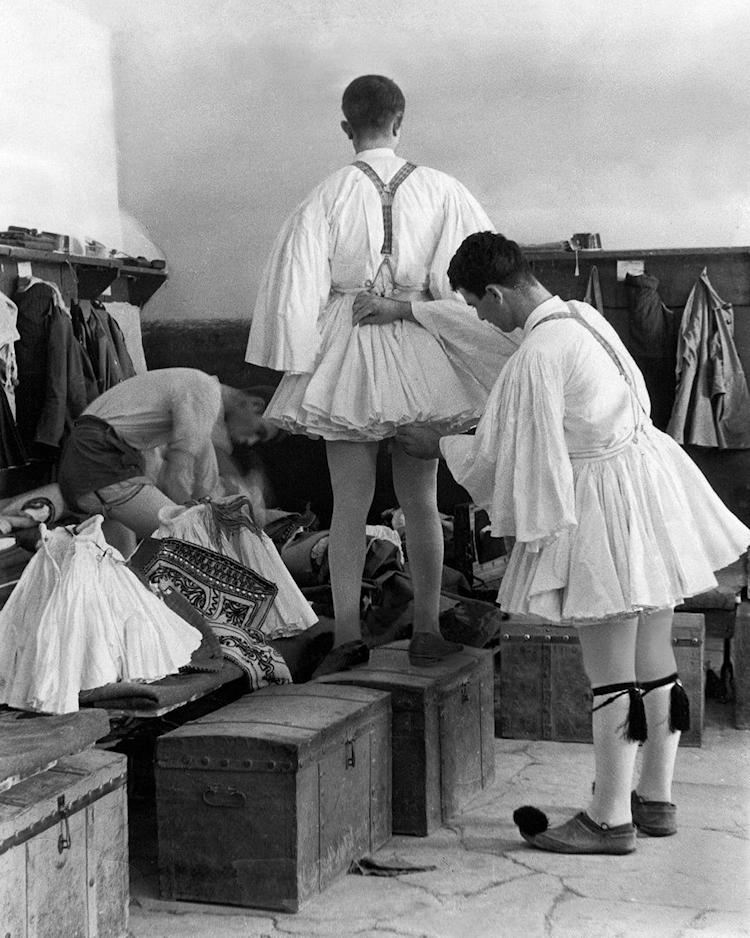
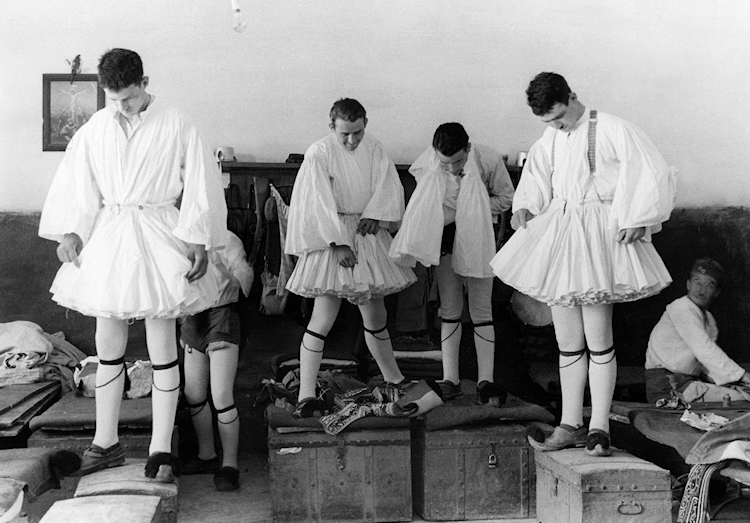
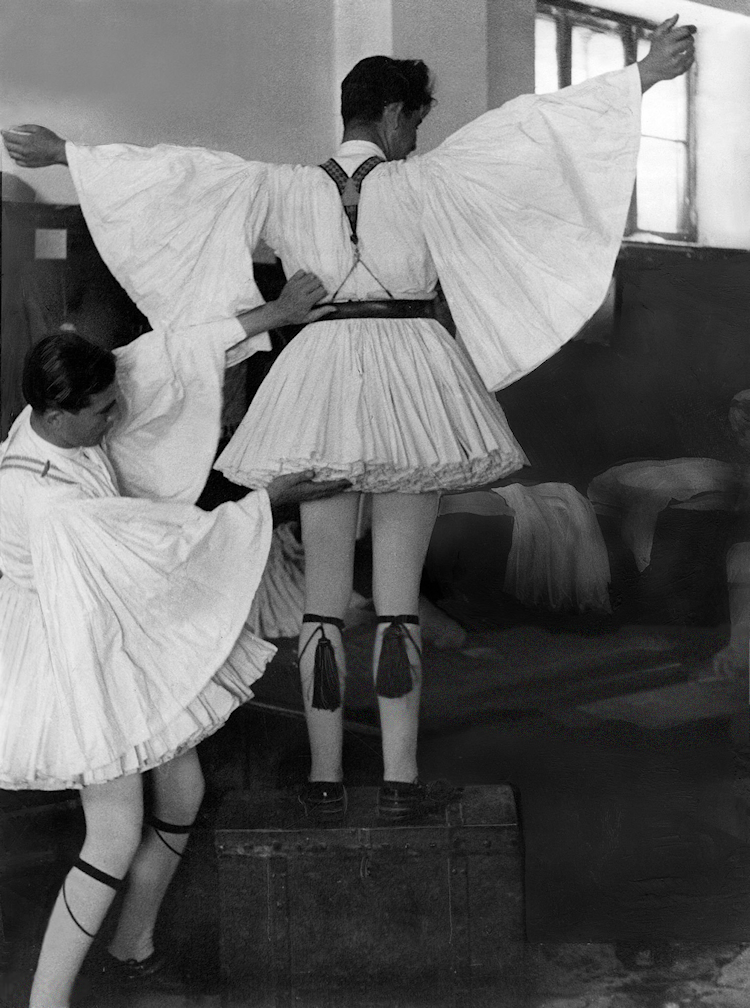

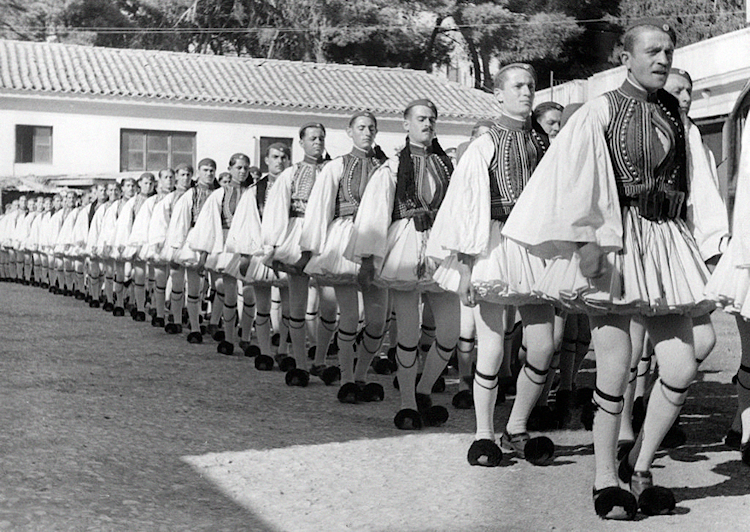
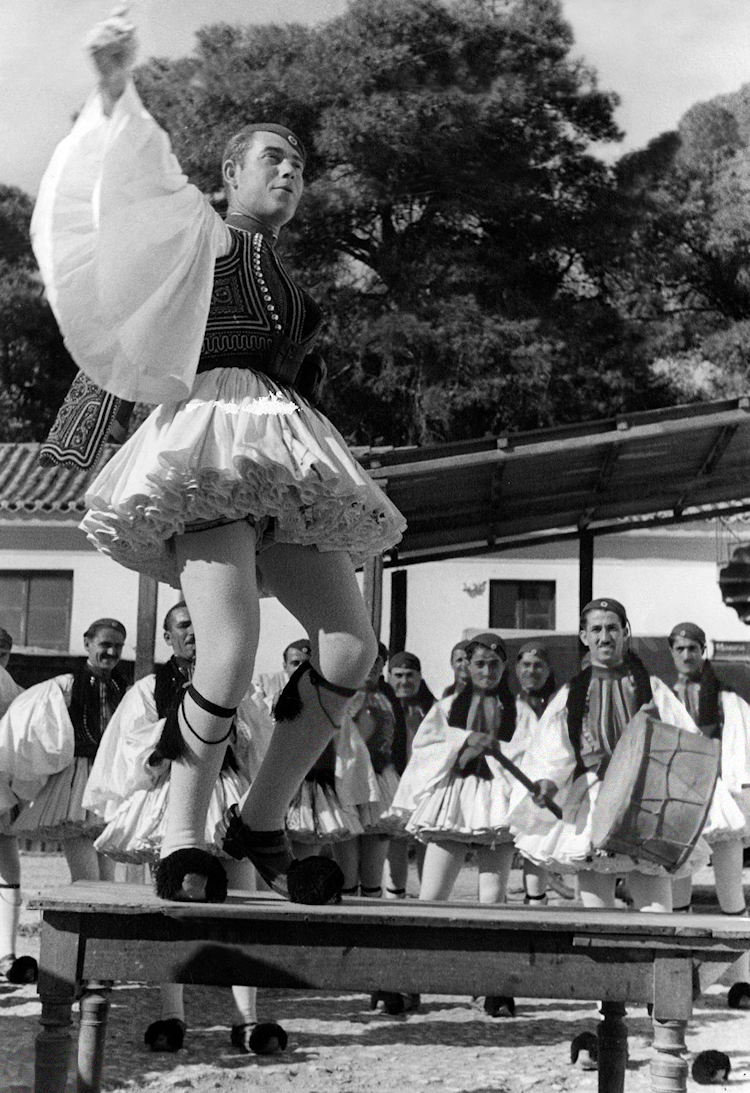

The Evzones or Evzonoi (Greek: Εύζωνες, Εύζωνοι) were several historical elite light infantry and mountain units of the Greek Army. Today, they are the members of the Presidential Guard, a ceremonial unit that guards the Greek Tomb of the Unknown Soldier and the Presidential Mansion in Athens. Also known, colloquially, as Tsoliádes (Greek plural: Τσολιάδες), Evzones are known for their distinctive uniform, which evolved from the dress worn by the klephts, bandits and insurgents who for several centuries fought the Ottoman occupation of Greece. Created in 1837, but at first in limited use, its popularity led to its adoption as the official uniform of the Evzones in 1868. The most particular, iconic item of this uniform is the knee-length fustanella, a white, many-layered kilt-like garment. The number of gathered pleats of the fustanella is romantically said to be equal to the duration of the Ottoman occupation – i.e., 400.
Find more photos here.
5. How postwar Warsaw was rebuilt using 18th century paintings
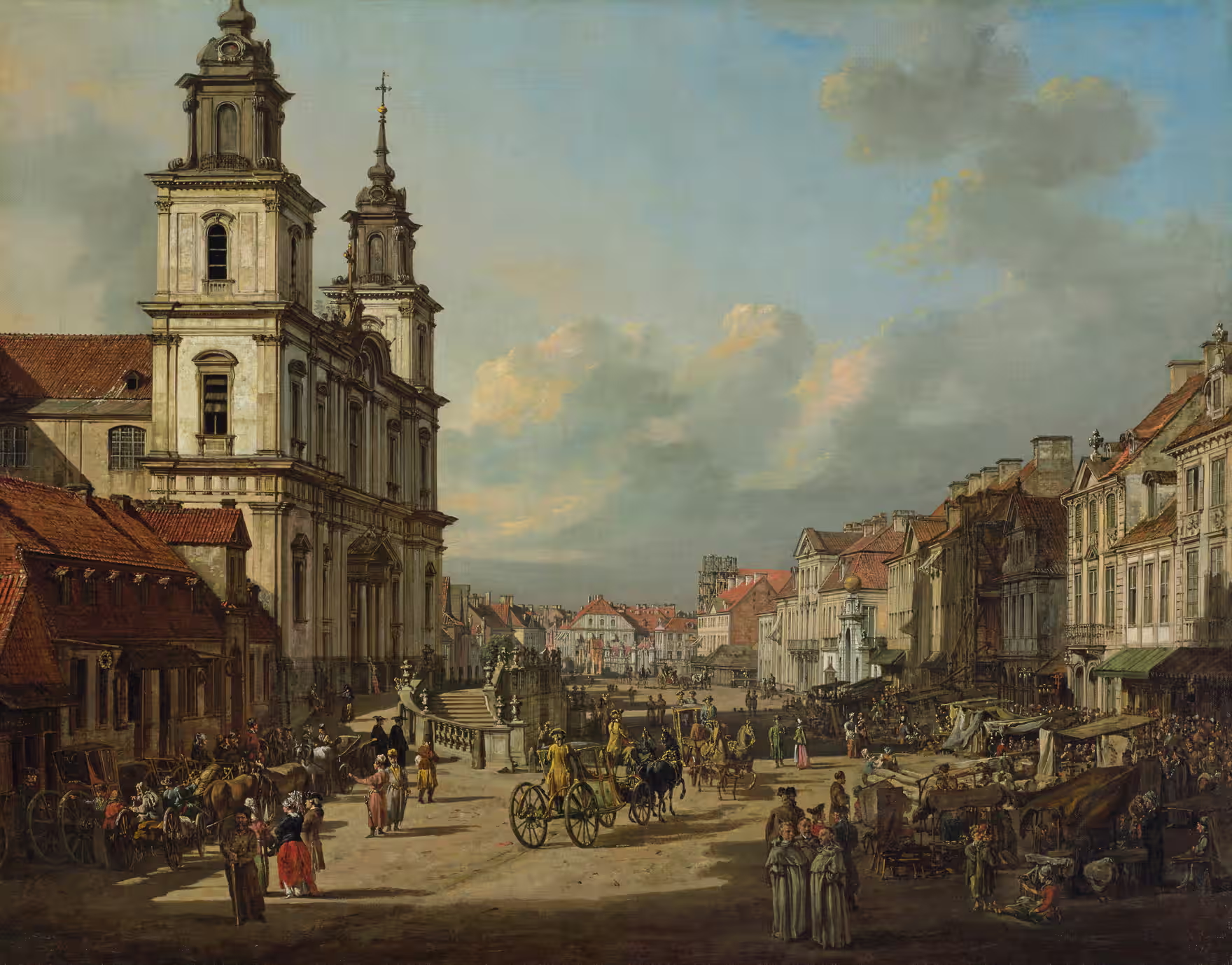
When Warsaw’s Old Town was destroyed by Hitler’s troops in the second world war, the nation mobilised to rebuild the city with the rubble of its own destruction – and the work of Italian painter Bernardo Bellotto.
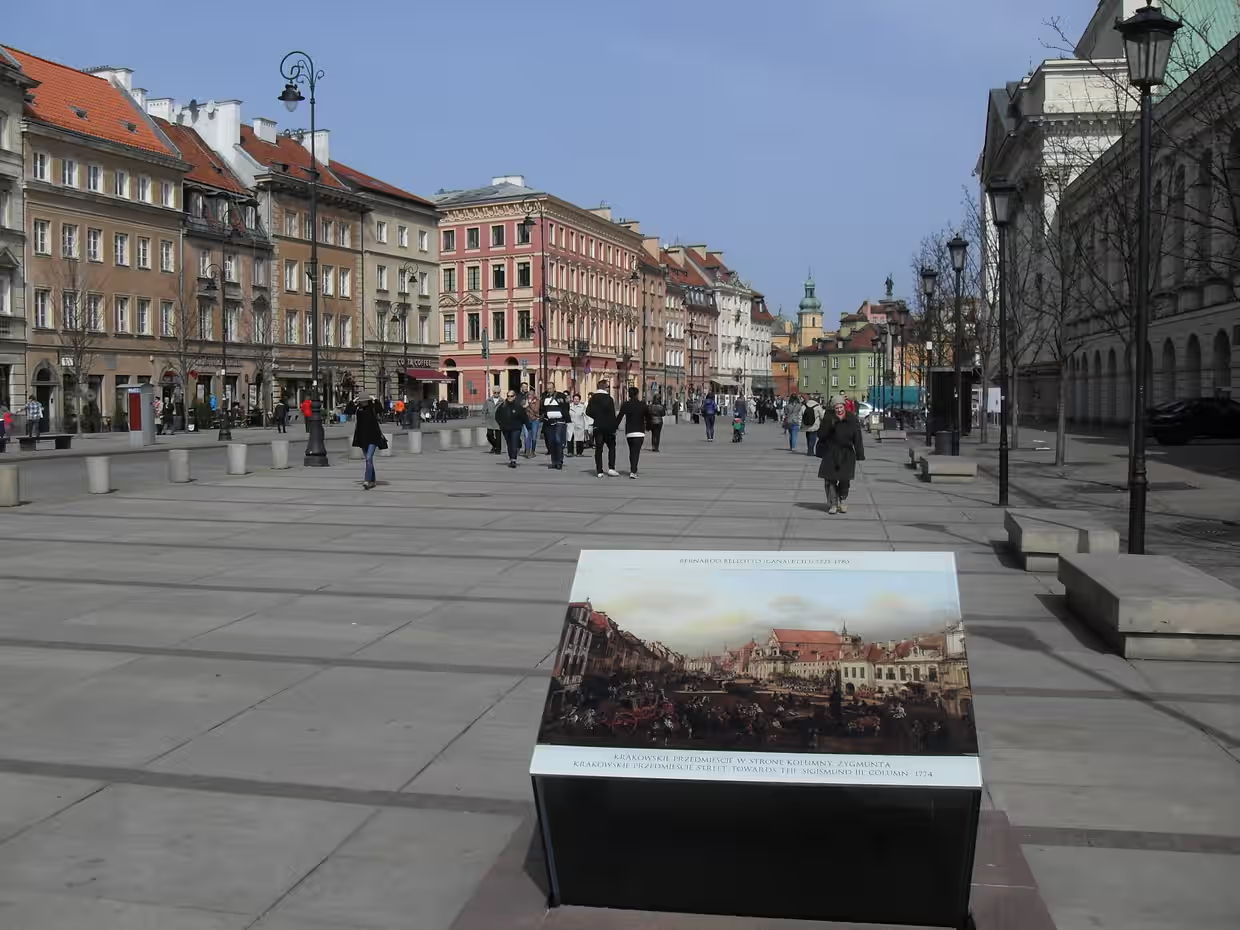
Bellotto’s paintings were especially prized because so many of the works documenting Poland’s history had been blacklisted by the Nazis. (Their blacklist consisted of artworks they believed had to be destroyed in order to implement the “Germanisation” of Poland.) All 22 of his street scenes survived the war.
Bellotto’s paintings, along with the expertise of Polish architects, art historians and conservators, enabled the reconstruction of the Old Town to take place in an impressively short period of time. Most of the work was finished before 1955 – although additional construction continued into the 1980s, and the city is arguably still feeling the impacts of the second world war even now.
Read the full article on The Guardian.
6. Inexplicable Ball Lightening
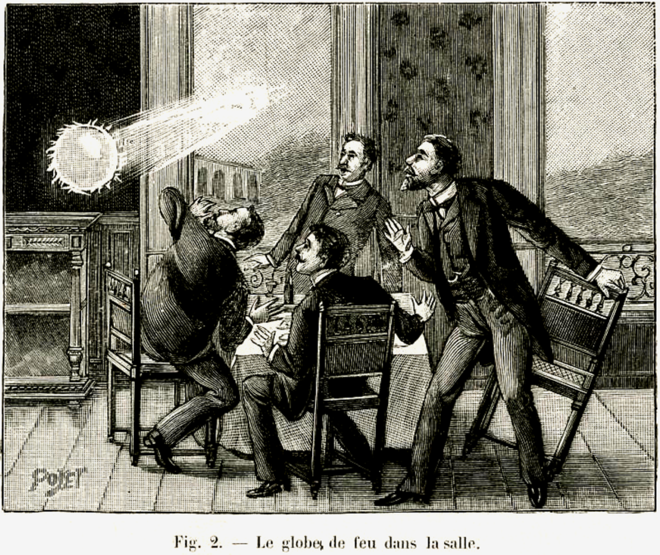
Ball lightning is a rare and unexplained phenomenon described as luminescent, spherical objects that can appear and last for over a minute before disappearing either quietly or as an explosion, leaving behind the smell of sulfur. There is no definitive explanation for them despite being seen by 3% of the population and has been known to enter people’s homes. Learn more about it here on Wikipedia. But also of interest: Lightening maps. The amount of lightning happening globally at any given time is impressive.
7. Ruritanian romance, a genre of literature worth searching for
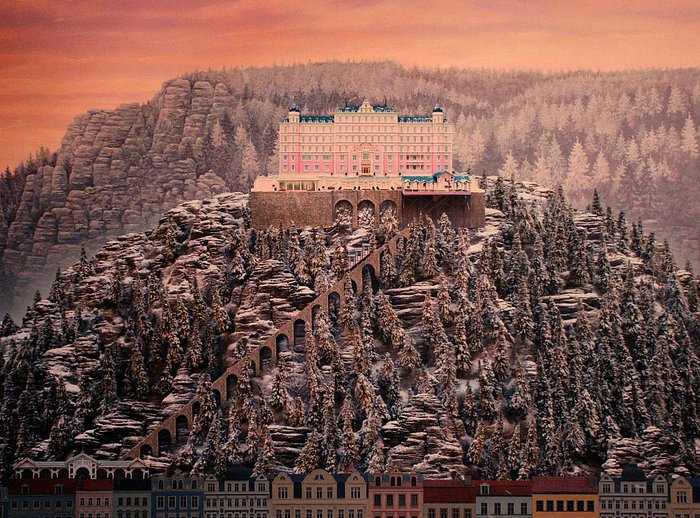
Ruritanian romance, a genre of literature, film etc, with stories set in a fictional country, usually in the Balkan, Central or Eastern Europe, used for example in ‘Prisoner of Zelda’, ‘Duck Soup’, ‘Pale fire’, ‘King in New York’, ‘Castle of Cagliostro’, ‘Grand Budapest Hotel’.
(These are the sort of factoids I’m into as a bookshop owner now).
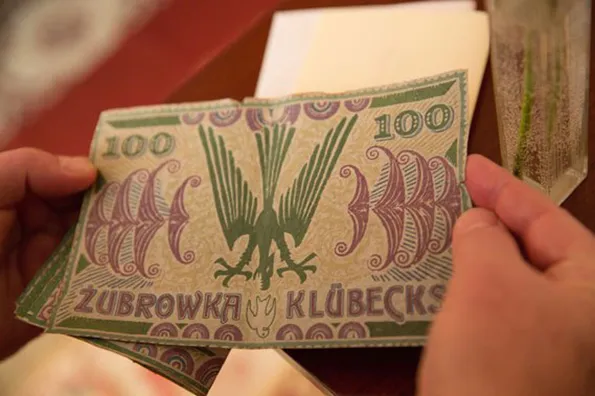
Such stories are typically swashbuckling adventure novels, tales of high romance and intrigue, centered on the ruling classes, almost always aristocracy and royalty, although (for instance) Winston Churchill’s novel Savrola, in every other way a typical example of the genre, concerns a revolution to restore rightful parliamentary government in the republican country of Laurania. The themes of honor, loyalty and love predominate, and the works frequently feature the restoration of legitimate government after a period of usurpation or dictatorship.
Read more about the genre here.
8. Over 300 pages of old Japanese matchbox labels
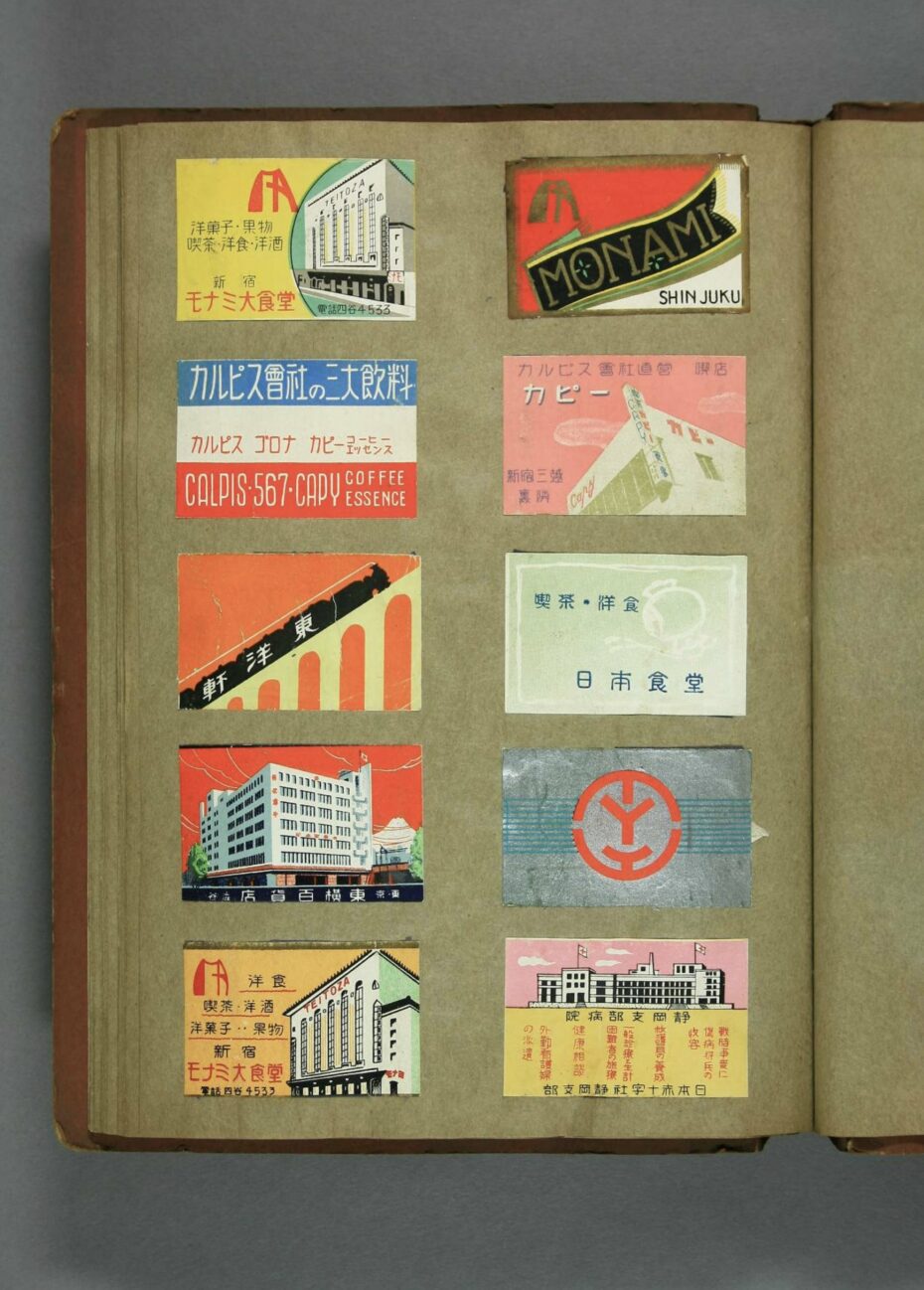
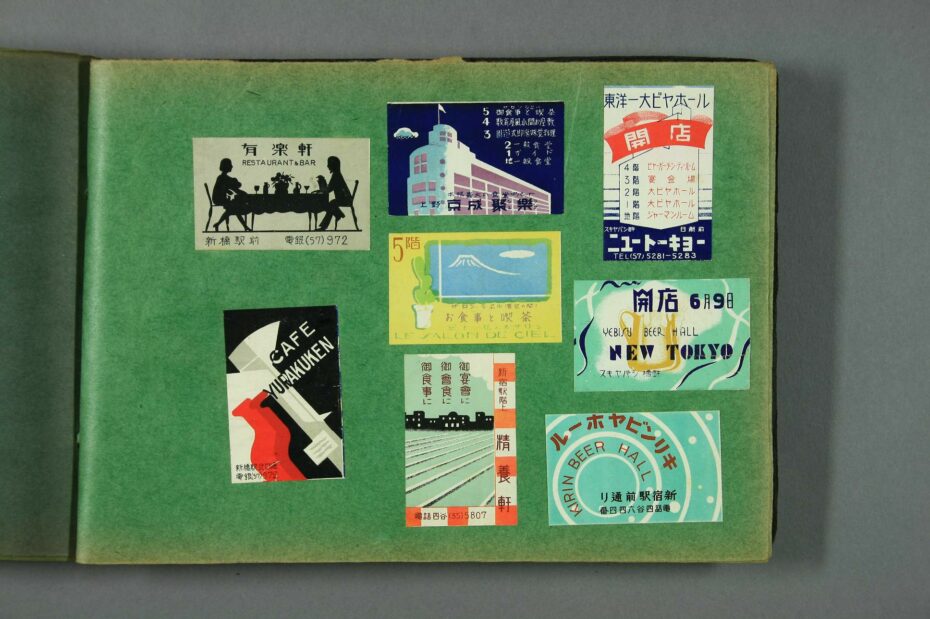
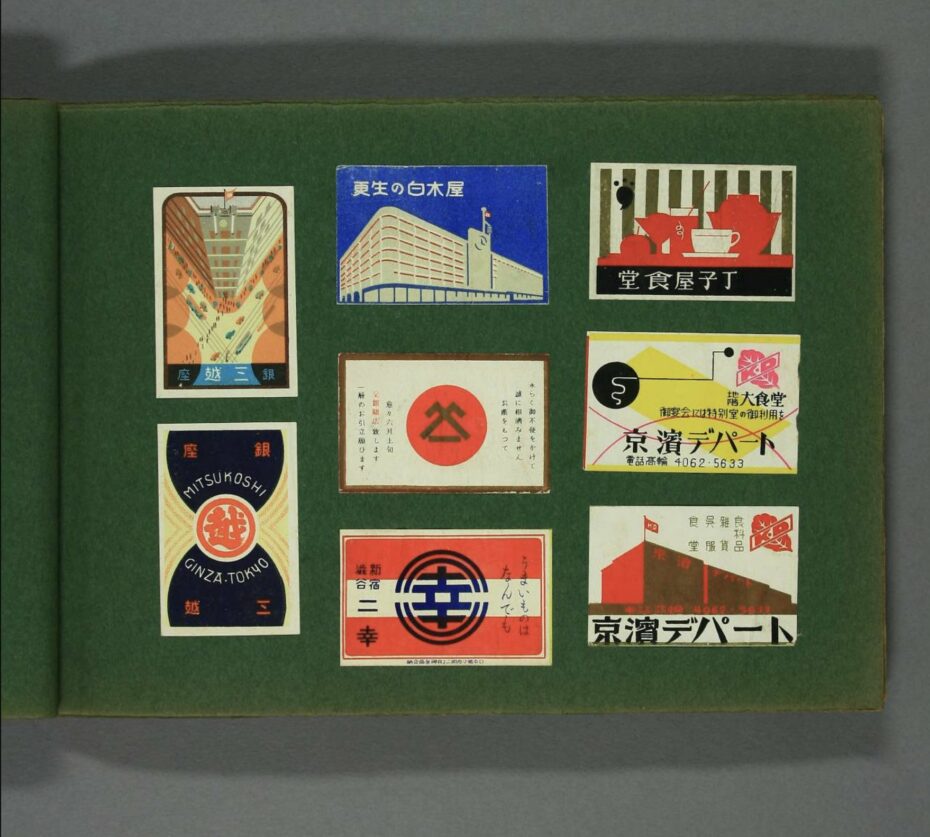
Found on Present & Correct.
9. The Largest Medieval Manuscript in the World, The Codex Gigas (aka “Devil’s Bible”)
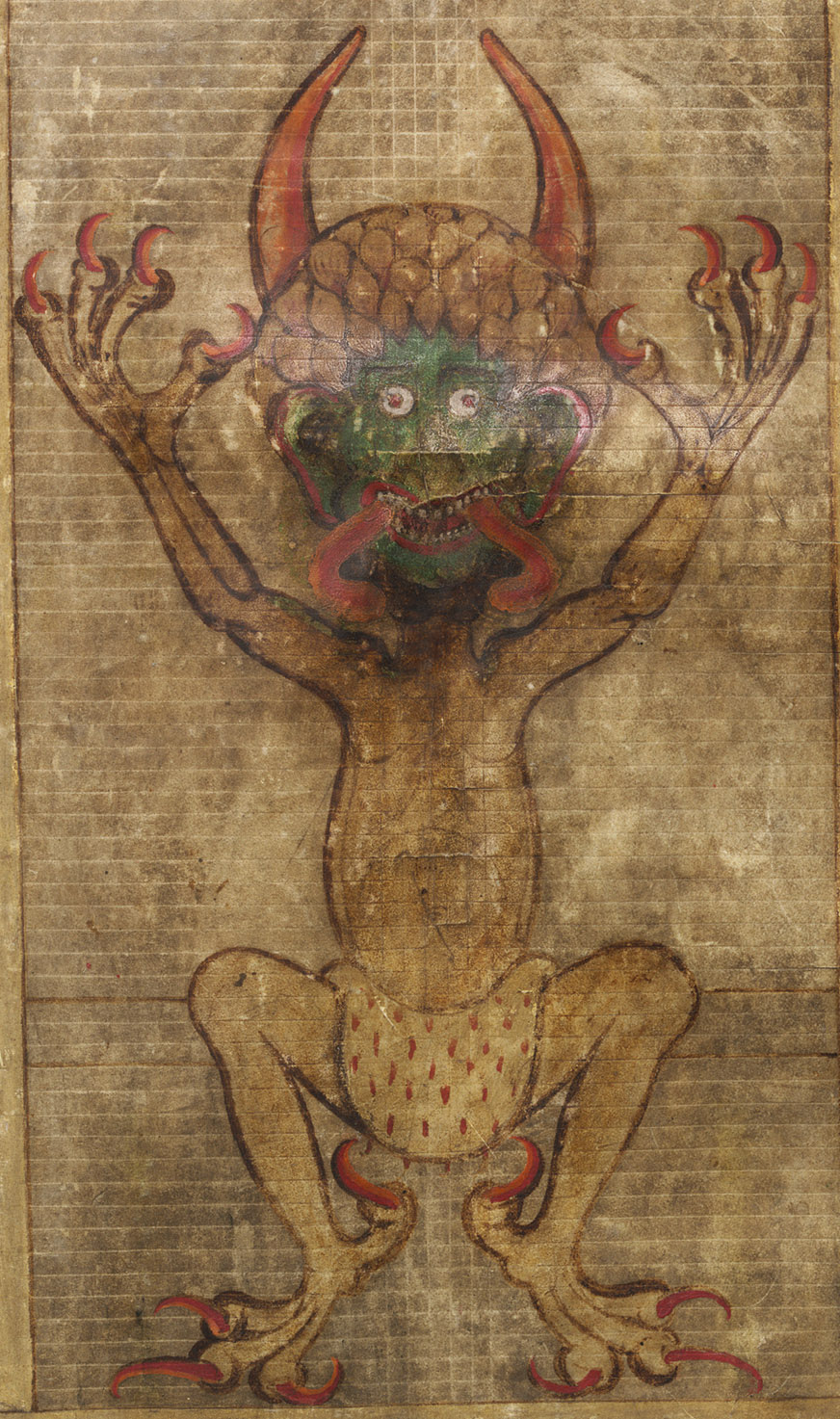
Found on Open Culture.
10. Niche Museums: Find tiny museums near you
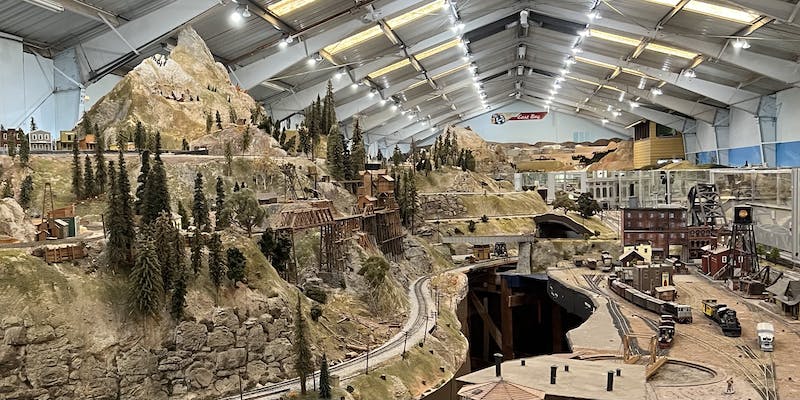
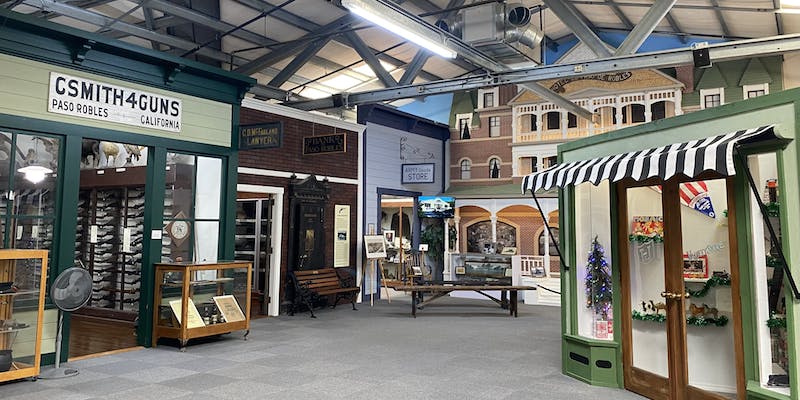
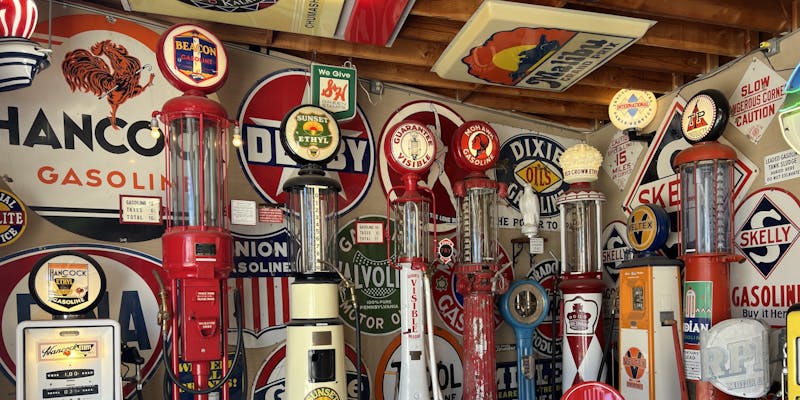
A great little resource. Check out Niche Museums.
11. An extensive archive of Vintage Home Plans, 20th century houses from around the world
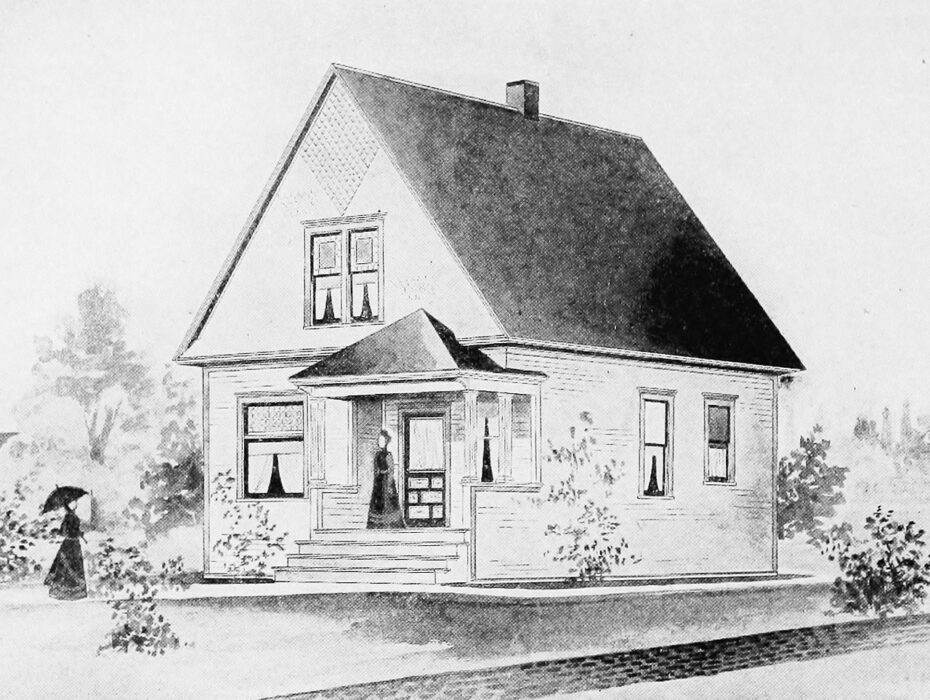

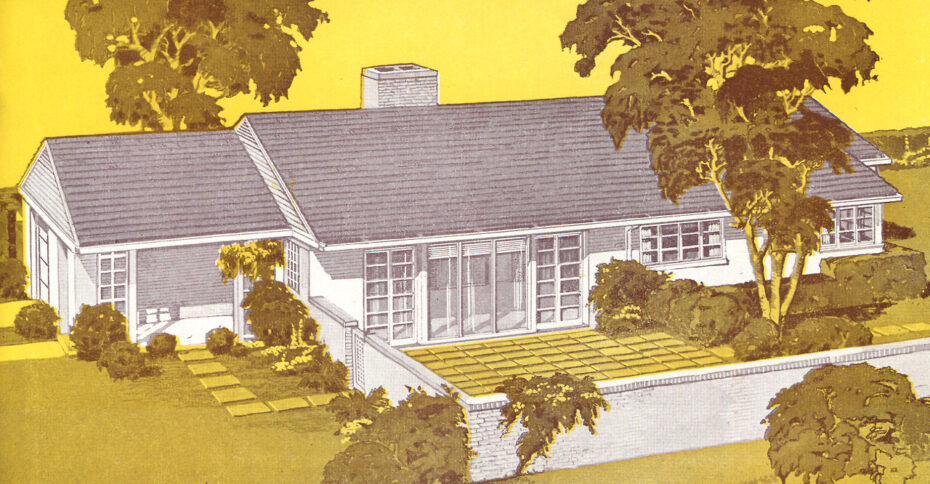
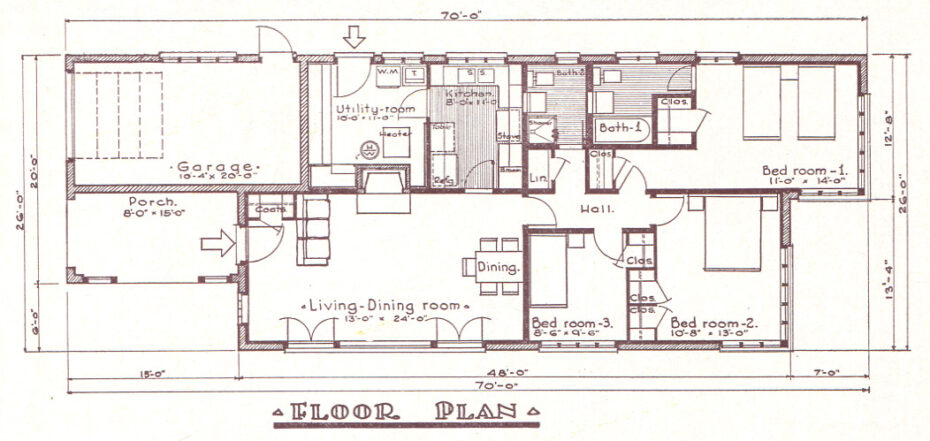
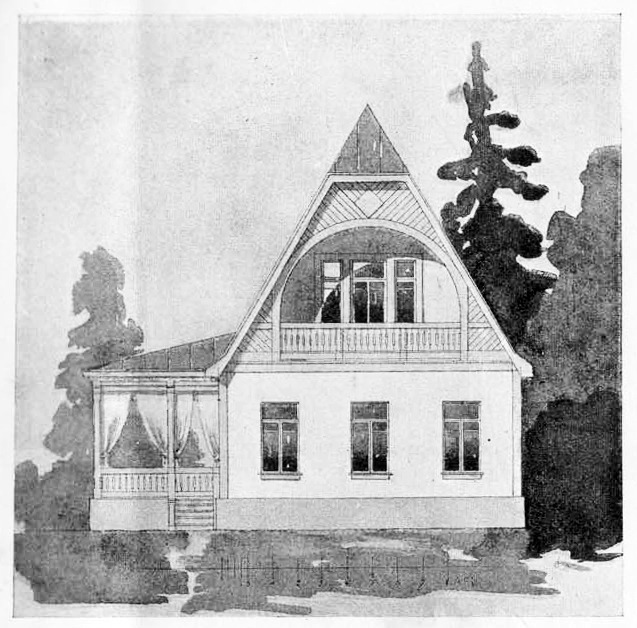
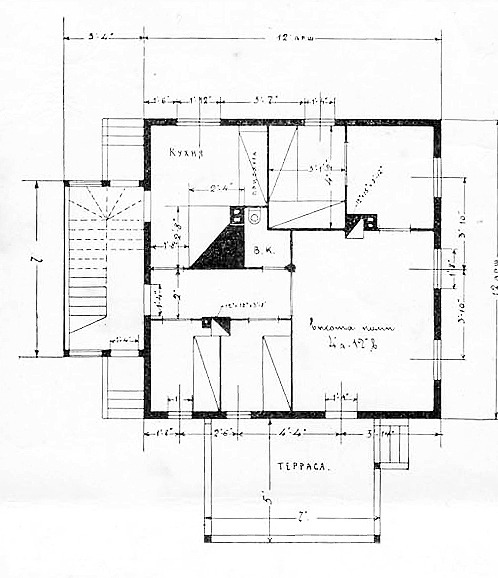
Discover Vintage Home Plans
12. DIY Upholstered Frames

Have a go, tutorial found on Honestly WTF
13. Just a reminder that The Bear Season 3 starts later this month
You’ve still got time to watch season 1 and 2 if you haven’t yet gotten around to it!


